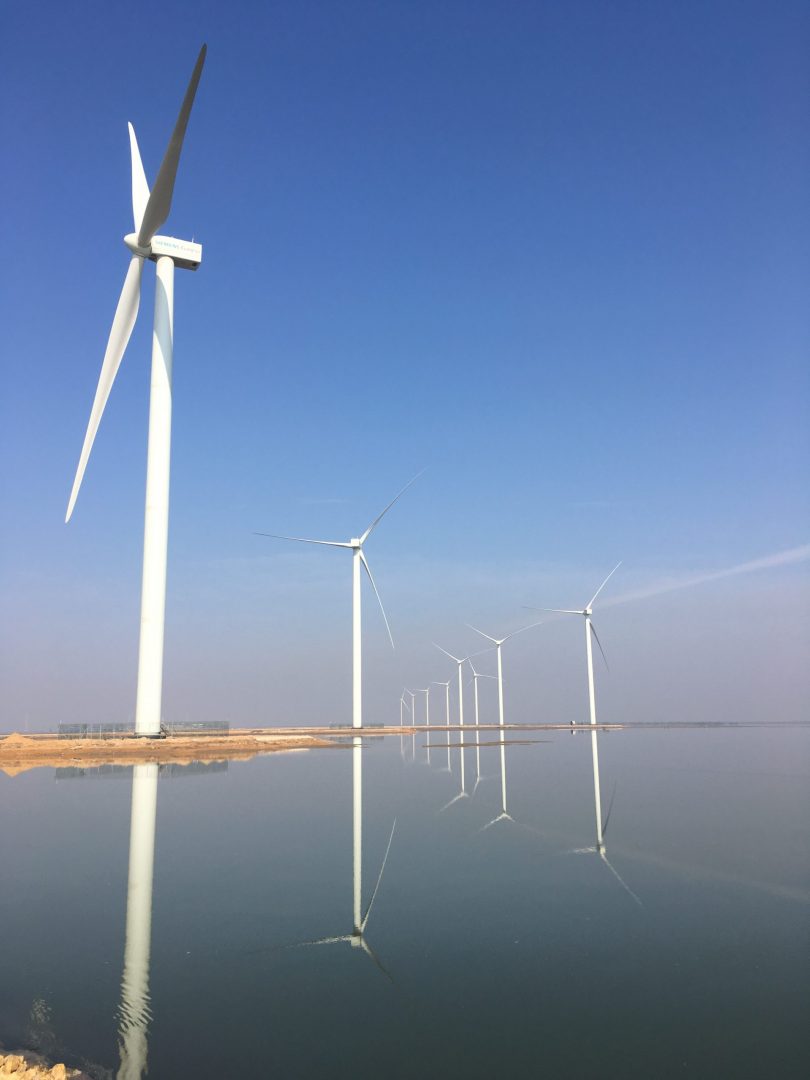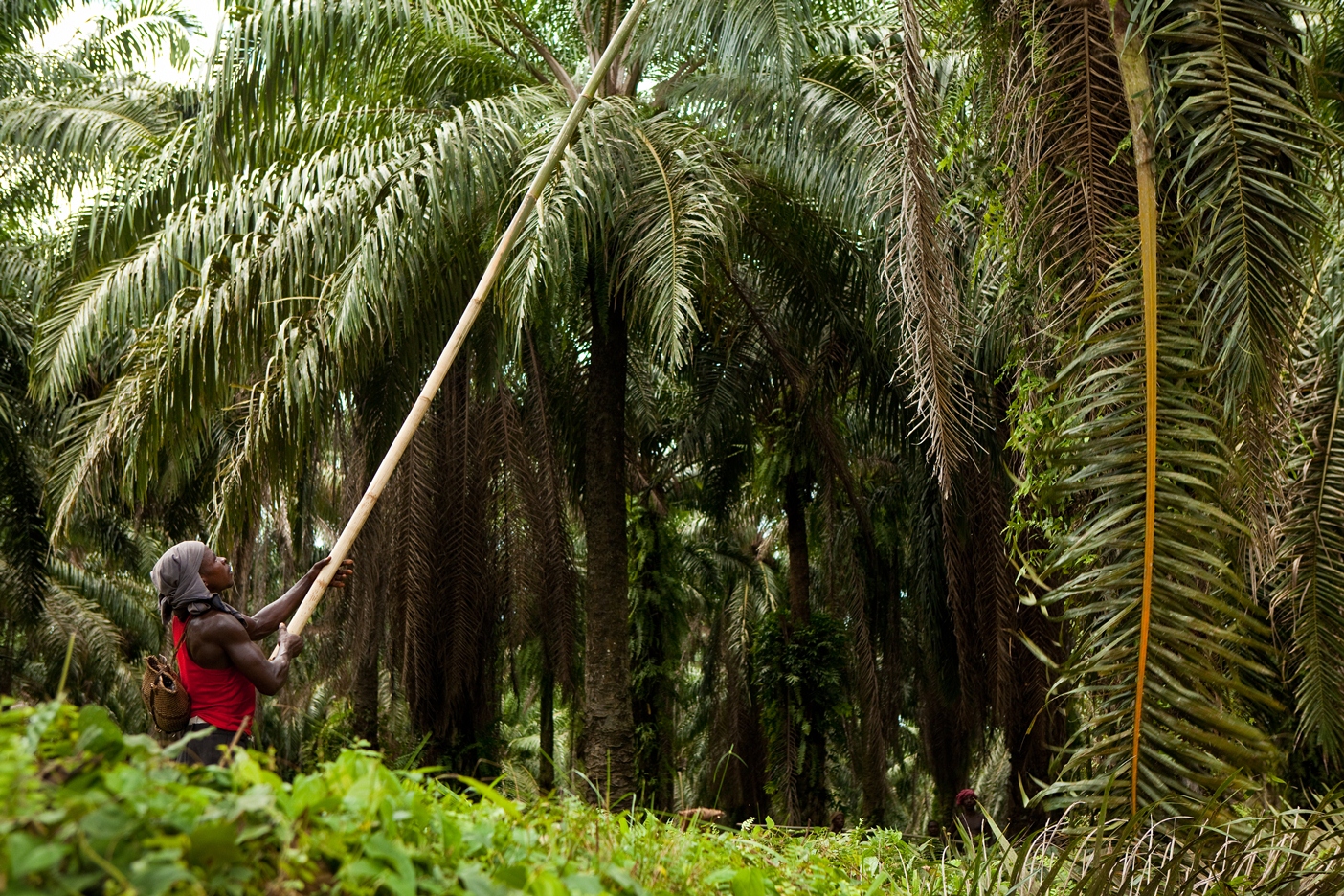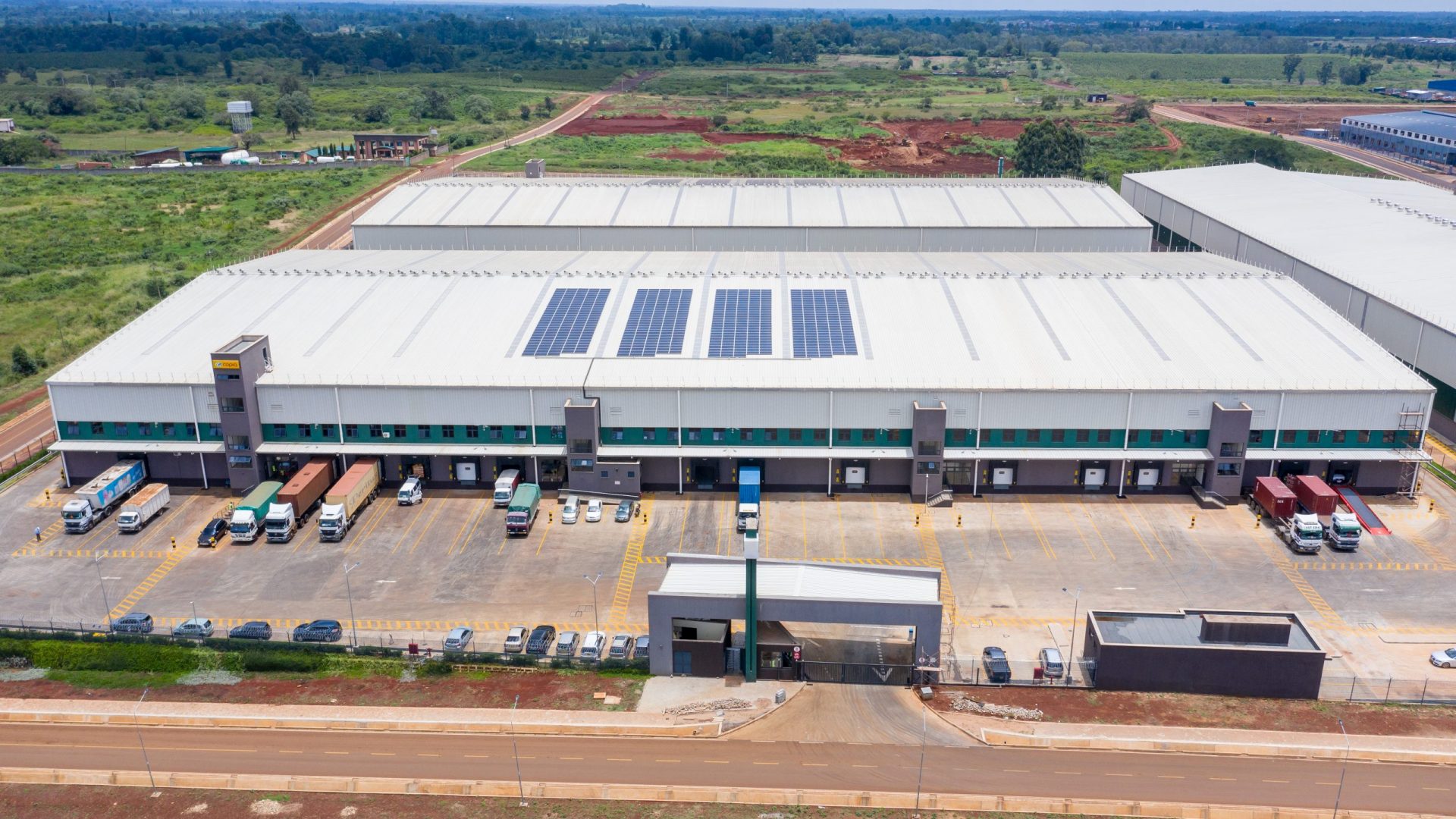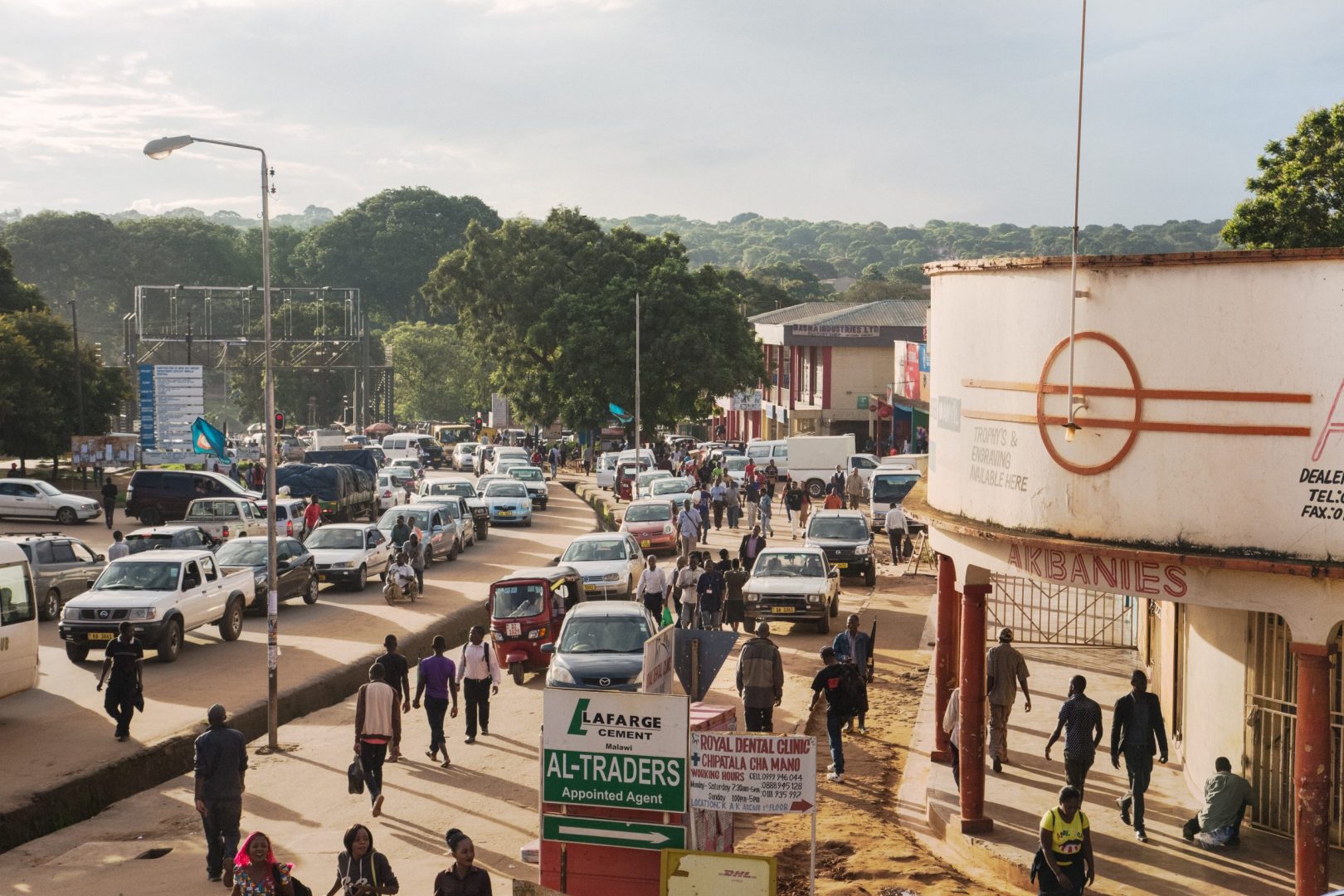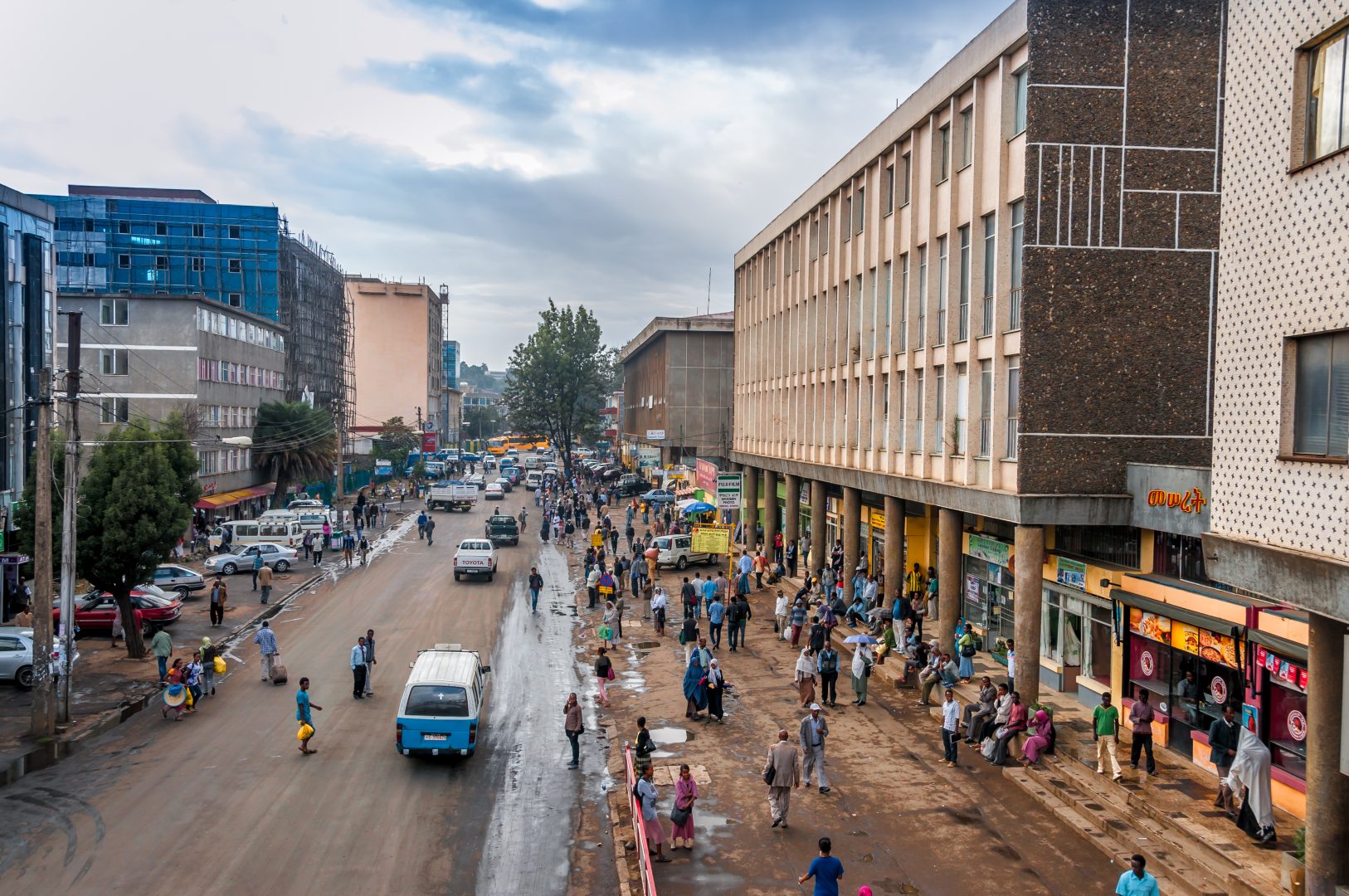Setting the scene
It is perhaps easy to imagine the requirement to make a financial return and that of making an economic, social or environmental impact, as opposing forces, pulling investment decisions in conflicting directions.
Indeed, for many people, capitalism is often seen in terms of someone making a profit by disadvantaging or exploiting someone else. Or, at the very least, by neglecting non-financial considerations, like taking care of the environment or making sure employees are treated equitably.
In the world of international aid and development, the notion that you can make a return on investment while lifting people out of poverty seems, to some, particularly outlandish.
But throughout history, sustained, job-creating growth has played the greatest role in lifting huge numbers of people out of grinding poverty. No country can defeat poverty without economic growth that generates the taxes and prosperity to provide much-needed infrastructure, public services and jobs. Yet today, many countries are still starved of investment.
CDC's mandate
-
CDC helps solve the biggest global development challenges by investing patient, flexible capital to support private sector growth and innovation
-
It is the world’s first impact investor with over 70 years of experience of successfully supporting the sustainable, long-term
growth of businesses in Africa and South Asia
-
CDC is a UK champion of the UN’s Sustainable Development Goals — the global blueprint to achieve a better and more sustainable future for us all
-
The company has investments in over 1,200 businesses in emerging economies with total net assets of £6.5bn and a portfolio of £4.7bn
-
Investing makes aid go further — all our returns are reinvested into new impact investments
Shifting focus
Since 2012, we have narrowed our geographical focus and made significant efforts to focus capital on some of the least developed countries in the world. These efforts resulted in significant delivered impact, but also resulted in a lower overall rate of return than we have achieved historically.
Indeed, in some instances, investing capital in harder markets results in failed investments. That is the nature of the development finance business. And while unwelcome, that is still OK as long as CDC continues to make a positive difference to people’s lives through our investments while producing the required returns at a portfolio level. This ensures we can continue to invest in additional businesses that make further impact even if a few specific investments don’t pan out financially. Between 2012 and 2019, CDC generated a total portfolio gain on behalf of the UK taxpayer of just under $1.5 billion and made total commitments of $9 billion.
"It is perhaps easy to imagine the requirement to make a financial return and that of making an economic, social or environmental impact, as opposing forces."
A focus on risk and impact
It is understandable to think that CDC must be required to balance returns against impact. This in turn begs the question: How does CDC decide whether to invest in Company A that promises high financial returns or in Company B that has strong impact credentials but probably won’t create the same value?
However, this seemingly binary choice simply does not exist. This article explains why.
CDC is expected to make a financial return on our portfolio of at least 3.5 per cent per year over a ten-year period. There is no incentive or expectation to exceed that rate of return, which allows us to focus on the twin priority of maximising impact in the myriad forms that it can take. However, that does not mean that a financial return isn’t important or that making a strong return is bad for a business.
At a fundamental level, we are obliged to look at any potential investee’s commercial performance before evaluating its impact credentials. Why? Because unless a company is financially sustainable, it will never make a long-term impact. And businesses that grow can achieve more impact than those that can’t invest in expansion.
That does not mean that we consider the commercial credentials of an investee business as more important than its impact potential — it is simply the case that, more often than not, commercial and impact success are intrinsically linked. And of course, we are a steward of taxpayer’s money. We have a job of returning capital to our balance sheet so it can be reinvested for further impact.
"Unless a company is financially sustainable, it will never make a long term impact."
Catalyst and Growth portfolios
Since 2014, CDC has run two portfolios of investments: Catalyst and Growth. Through our Catalyst portfolio we are empowered to help shape nascent markets and less commercially proven business models that demonstrate significant potential to contribute to more inclusive and sustainable economies.
When making a Catalyst investment we are mandated to make fundamentally riskier decisions than we make for the Growth portfolio, in order to bring about pioneering impact at a market level. That does not mean that we invest with the expectation or desire to lose money in these investments — after all we are still supporting the private sector that needs to make a profit in order to be sustainable. It’s simply that we have been mandated to take even greater financial risks — to shoulder a higher level of failure — than our Growth portfolio.
For accepting these higher risks, the Catalyst portfolio requires a higher impact hurdle and a lower commercial return hurdle on a deal by deal basis. In other words, the minimum expected impact required for Catalyst investments is higher than for Growth transactions. This helps to guarantee that we only accept higher risk for transactions with enhanced impact potential.
The value of this innovative and pioneering approach is not in question and will not be dwelt on here. Rather, the focus of this article will be on the Growth portfolio, which makes up over 90% of CDC’s investment decisions by value.
90%
of our investment decisions by value are made through the Growth portfolio
Understanding the financial return—impact relationship within the Growth portfolio
Investment teams within the Growth portfolio look to inject patient, long-term capital into businesses that have the potential to achieve sustainable growth while making a positive environmental, social and economic impact.
The investment process within the Growth portfolio is focused on impact to the same extent as the process within the Catalyst portfolio.
Investment teams making Growth transactions may not have the capacity to take on risk in the same way as they would for Catalyst investments, but that does not mean their ability to achieve impact through investee businesses is any less, or that their financial risk appetite is comparable to mainstream investors. A portfolio return hurdle of 3.5% means we are authorised to make investments in challenging countries and sectors in order to support growth that will bring about jobs, services and environmental benefits in those countries.
It has already been mentioned that there is a requirement to examine a prospective investee’s commercial prospects alongside impact considerations. This is because of the strong correlation between commercial and impact underperformance: if a business isn’t viable, its impact cannot be sustained and when a business fails, this can have negative impact consequences for its workers, suppliers, and customers, particularly those that are most vulnerable. Importantly, prospective investees must pass both the commercial prospects test, alongside the impact prospect test for CDC to take it forward.
Frequently there is a positive correlation between financial and impact performance. One need not be sacrificed for the other. Or put another way, higher impact does not automatically produce higher risk.
"If a business isn’t viable, its impact cannot be sustained."
Company A or B?
There are hundreds of candidates for investment that CDC encounters at the top of the investment “funnel”. When uncovering potential impact investments, each team is guided by several factors. These include our sector strategies, which outline specific sub-sectors that have been identified as yielding the highest impact. So, when investment teams first encounter candidate companies — whether through research or by being approached — they are already guided by the work of colleagues that has pre-identified the type of businesses they should be looking at.
Investment teams will also be guided by precedent — what investments have worked well in the past and what lessons can be adopted to better inform future decisions.
There is then an extensive and rigorous market mapping exercise that is undertaken to further whittle down the candidates for investment. The attrition rate for potential investee companies at this point in the investment process is very high.
Those candidates that make the grade are then subject to extensive financial and impact due diligence. CDC’s Impact Dashboard provides a framework for identifying the impact of each potential investment and how they align with the UN’s Sustainable Development Goals.
This means that by the time potential investments reach CDC’s Investment Committee (the IC) — the final arbiter of investment decisions — their impact credentials have already been identified, tested and verified.
bigbasket: A growth portfolio impact champion
In 2019, it became very apparent that Indian supermarket businesses offered potentially good financial returns and impact in the form of job and skills creation and direct and indirect income for employees and suppliers, such as farmers, who are often on very low incomes. CDC began the process to identify an investment in the sector.
bigbasket, an online grocery delivery service stood out specifically because it promised to pay farmers a higher price for their goods than the market average.
CDC sought to invest in the company, rather than any others in the sector, not because of its financial prospects (which were undoubtedly highly promising) but because of its unique and impactful business model.
The issue for CDC at the time was that it was hard to prove just how much of an impact bigbasket was making. So, the investment team surveyed over 400 farmers to verify that their income had increased as a result of supplying the company.
After being satisfied by the results, CDC made a $40 million investment in the business. CDC continues to monitor the prices farmers receive on a quarterly basis. The basket of goods monitored contains cucumbers, tomatoes and okra.
To provide additional value, CDC has paid for a programme to teach organic practices to 150 farmers so they can achieve higher prices for their produce. bigbasket has recorded the largest number of new jobs of any company in the CDC portfolio.
The bigbasket investment was not classed as high risk and the expected return on investment was high. Yet it has also been one of CDC’s most successful impact investments of recent years, proving that there need not be a trade-off between high financial returns and high impacts. Indeed, in a great many examples within the CDC Growth portfolio, there is a direct positive correlation between high financial returns and high impact. It is no longer the case that strong ESG or impact credentials carry an associated cost that dampens financial performance. Across the world companies with strong ESG/impact credentials typically outperform their competitors.
"In a great many examples within the CDC Growth portfolio, there is a direct positive correlation between high financial returns and high impact."
The outstanding question
This brings us back to the original question of Company A or Company B?
The answer, in nearly every instance, is probably both. As demonstrated in the bigbasket case study, CDC’s investment teams actively seek out the most impactful companies in any given market that has been pre-identified by the sector strategy as likely to provide the most impact.
If two companies within the same market reach IC, it is because they both meet or exceed the impact and financial return thresholds. Therefore, the fact that one offers more impact than the other is less important than the fact that they both provide impact and an expected financial return above the threshold CDC sets for making an investment.
Therefore, the so-called balancing act – the trade-off between making a profit and doing the right thing – simply does not materialise.
In a world that desperately needs capitalism to work on its behalf, this method of investing for impact provides one route to a truly sustainable future.

